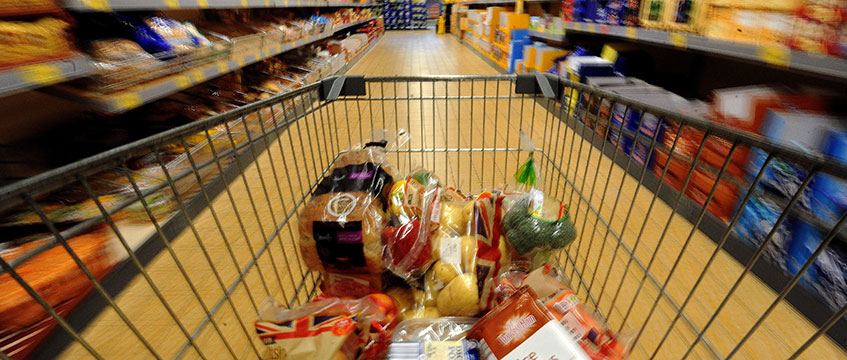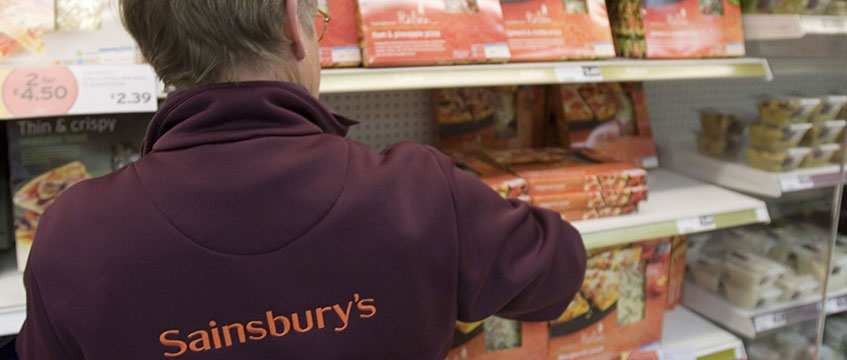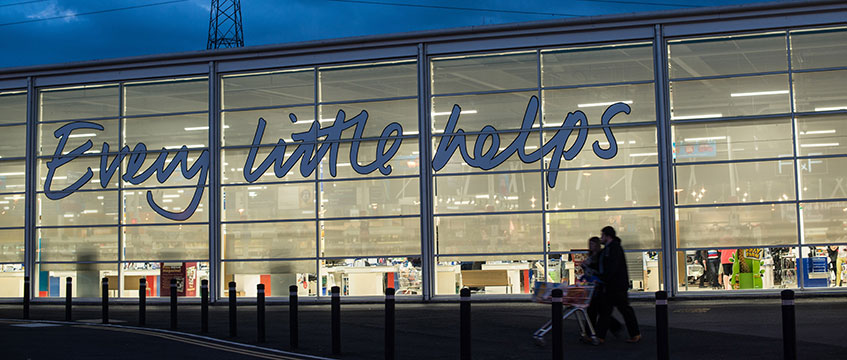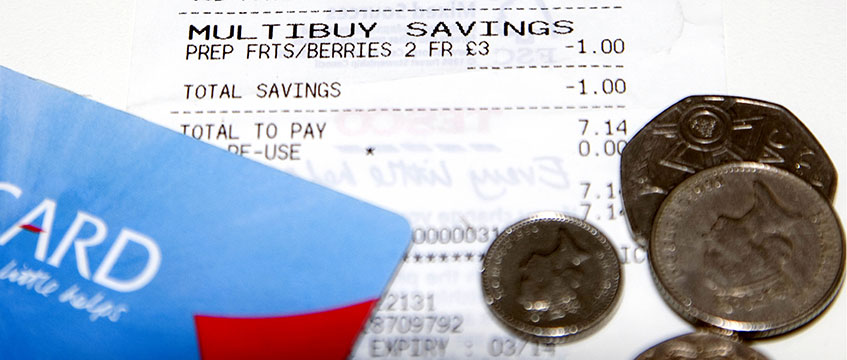As Tesco battles shareholder opposition to its potential £3.7bn merger with wholesaler Booker and agrees to stump up some £235m in fees and compensation for admitting to overstating its profits in 2014, EG takes a closer look at one of the UK’s biggest and best-known retailers.
Tesco wrong-footed everyone when the Booker deal was announced at the beginning of the year. The timing of the announcement while the supermarket’s wounds from 2014 still felt relatively fresh has been a big shock.
Two of the retailer’s largest shareholders – Schroders and Artisan Partners which collectively hold 9% – have expressed their objection to the merger, with the move being deemed as a ‘distraction’ from its turnaround plan.
The Tesco and Booker merger will only be able to go-ahead if all shareholders vote in favour of the deal.
A letter from Schroders managers to Tesco chairman John Allan, which first appeared in the Financial Times, states that there is more work to be done on Tesco’s core business model to ensure that it continues on an upward trajectory.
Add to that the fine from the Serious Fraud Office for 2014’s accounting errors and perhaps Tesco should focus purely on its turnaround plan.
The retailer has been on a steady recovery streak since it posted a pre-tax loss of £6.4bn in 2014, which was its worst performance in its 100-year history. That led to chief executive Dave Lewis embarking on a turnaround operation, selling off large non-core parts of the business as well as property assets.
Last year it managed to return to profit, posting a £162m pre-tax profit for the year ended 27 February.
Despite dramatic recovery, analysts believe that there is still some work to be done, particularly addressing its portfolio to ensure that the business is an operational success.
Shore Capital’s Clive Black says: “Clearly the danger of distraction is real when you are looking at a transaction like this, not least because it is taking on new challenges when it has not seen through the stabilisation of its operations.
“It remains loss-making in the non-food and online business which requires focus and it needs to re-engineer its hypermarket space to make it more utilised and profitable.”
Competition in the convenience store sector

© Business Visual/REX/Shutterstock
With competing grocers Aldi and Lidl taking up market share, and Morrisons continuing to recover, competition is increasing in the supermarket sector and retailers need to make sure that they are not located too close to competitors.
Matthew Hopkinson, director at Local Data Company, says a concise understanding of Tesco’s portfolio would be intrinsic to ensuring that it continues on its turnaround strategy moving forward.
He says: “The market has got highly competitive and the convenience market by default will need to adjust. It would not surprise me if it needed to close more stores. With an increase of competition it can only continue to operate profitably in a number of locations”
Tesco has begun to work on this within its convenience portfolio. According to LDC data there are 1,712 Tesco Express stores in the UK, and in the last year it closed 13 and opened 20.
Tesco’s convenience portfolio has a broad spread, which gives it higher exposure to competitors. LDC data shows that 47% of Tesco Express’ portfolio is within 500m of one or more direct competitors.
Many of these have been new store openings, with the likes of Aldi and Lidl being the most active in terms of acquisitions currently in the sector.
In addition, LDC and Morgan Stanley’s Health Index, which combines variables to determine the health and attractiveness of retail destinations, indicates that 14% of Tesco’s convenience portfolio are in areas which the health index deemed as weakening, and with only 10% in areas deemed to be improving.
What happened to its portfolio?
When things went bad for Tesco, one of its first moves was to announce store closures and the shutdown of its development pipeline. It announced the closure of 43 unprofitable shops in January 2015, including Express outlets, inner city Metro shops and seven superstores. It also abandoned 49 development sites where it had planned stores but not started construction.
Tesco currently has 457 trading supermarkets, and remained inactive last year in terms of acquisitions. It only opened one and closed one supermarket last year.
Black says: “It filled most of the development land and closed some of its space but it has more work to re-engineer its larger stores and it has embraced a number of the right partners in that respect, and that work is under way but it is a big exercise.”
“Tesco may want to consider the amount of freeholds that it owns,” suggests Livingstone Partners analyst Harsha Wickremasinghe.
“On the property side there is a fair amount that needs to be done. It wants to continue to increase the proportion of property that it owns and its current freehold ownership is currently in the low 50s by value, so there is possibly more they could be doing by converting the leasehold properties that they have into ownership.”
Working with what it has
Analysts recommend that Tesco takes a closer look at the assets it already has. In the growing age of e-commerce and increased rival competition, it should look to make better use of the space in its existing shops as well as increasing footfall incentives to try to get more customers in the door.
“It needs to spend more money on the shops that it has rather than expanding. It is about the in-store experience – you cannot just stack it high and sell it cheap anymore,” says Hopkinson.

© Newscast/REX/Shutterstock
With competitors such as Sainsbury’s positioning itself as the forward-thinker in this regard following its takeover of Argos, Tesco needs to follow suit.
Wickremasinghe adds: “It needs to keep getting the footfall in. If it is not going to close the shops then it needs to think about how it is going to reconfigure them. It needs to bring in new services and there is a bit of work that needs to be done on footfall.”
Is it all worth it?

© Business Visual/REX/Shutterstock
The fact that the turnaround has so far been a success is probably what gave Tesco the confidence to pursue the Booker deal in the first place and despite shareholder revolts, there are advantages in pursuing it.
“The turnaround plan is bearing fruit and that is probably what has given the confidence to say that it can go ahead and do the deal,” says Wickremasinghe. “Yes, there is more work to do, but if if waits then it may end up missing out on opportunities.”
One clear advantage of pursuing the deal is that it would give Tesco control over its supply chain, which would put it at an advantage above the competition.
Wickremasinghe concludes: “The merger will be a distraction from its core business because there is a significant task ahead going through the CMA. But, if everything goes to plan there is a sizeable opportunity – it would be the only major multiple retailer to have a foothold in a foodservice retailer.
“There is more to do, but while it may not be ideal timing it is an opportunity that is too good to miss.”
To send feedback, e-mail amber.rolt@egi.co.uk or tweet @AmberRoltEG or @estatesgazette











